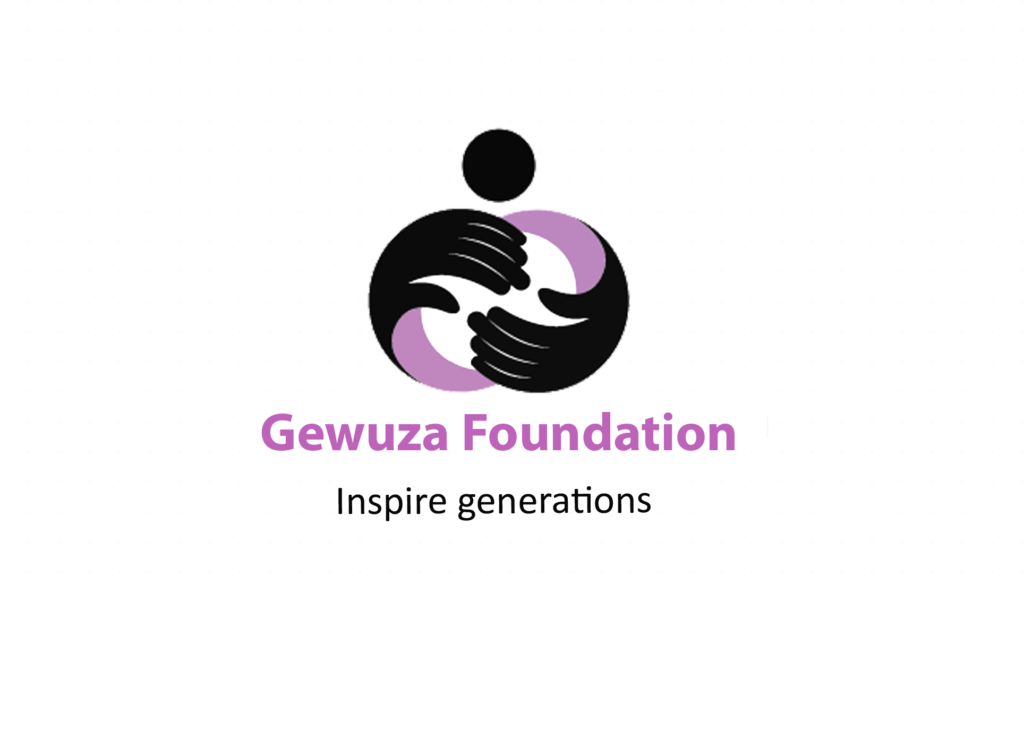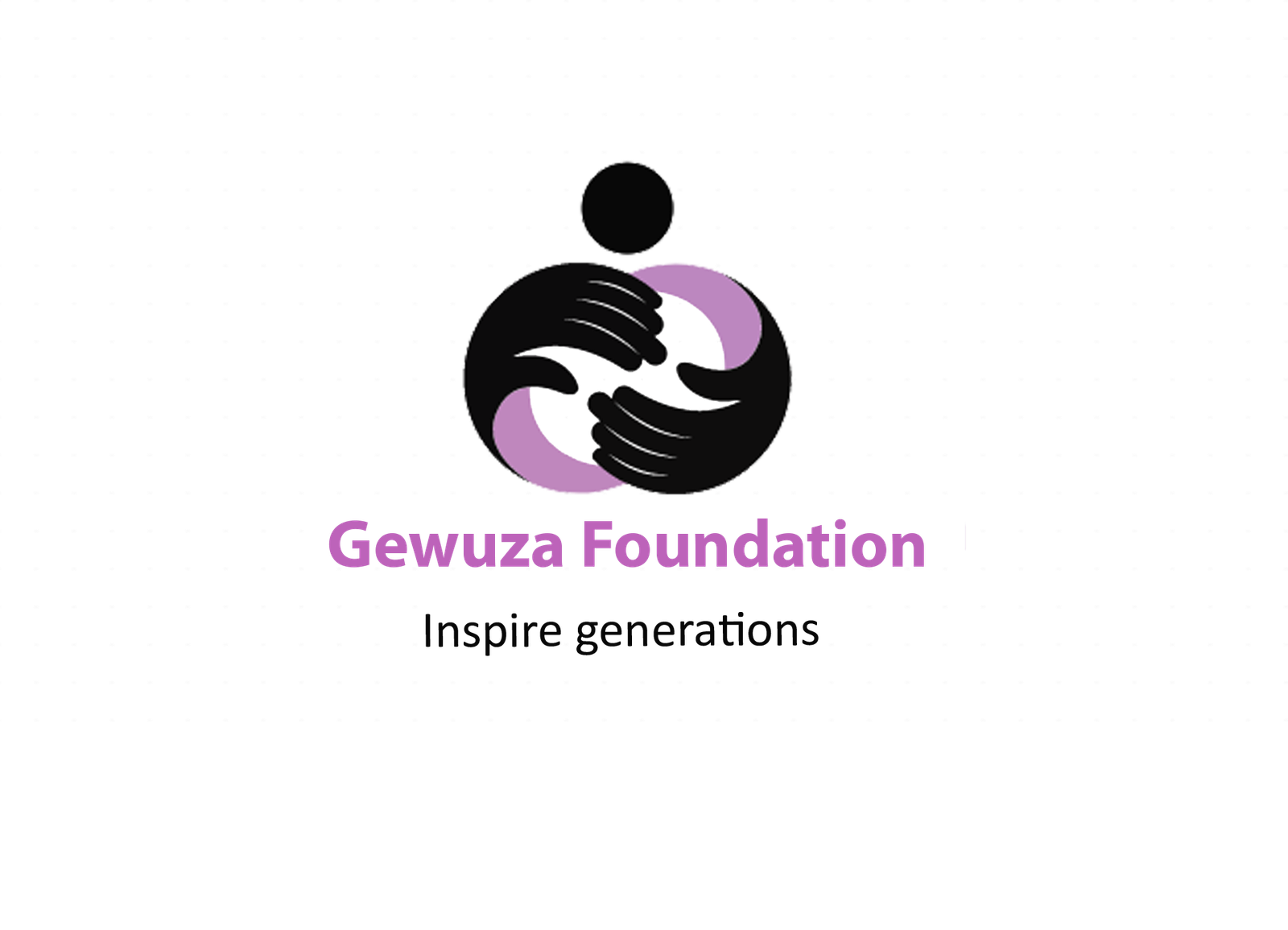Sweet Keno game in online casino – advanced strategies for experienced players
Содержимое
-
Sweet Keno Game in Online Casino: Advanced Strategies for Experienced Players
-
Mastering the Basics: Understanding Keno Rules and Odds
-
Conclusion
-
Advanced Techniques: Using Patterns and Hot Numbers to Win Big
-
Why Patterns and Hot Numbers Matter
-
Maximizing Your Winnings: Tips for Experienced Players to Take Their Game to the Next Level
The game of Keno has been a staple in online casinos for decades, offering players a thrilling and unpredictable experience. As an experienced player, you’re likely familiar with the basics of Keno, but are you ready to take your game to the next level? In this article, we’ll delve into the advanced strategies for playing Sweet Keno, helping you to maximize your winnings and minimize your losses.
Sweet Keno is a variation of the classic Keno game, with a few key differences that set it apart from its predecessors. For one, Sweet Keno offers a higher payout potential, making it a more attractive option for high-stakes players. Additionally, the game features a unique “sweet” symbol that can be used to trigger special bonuses and features.
So, what are the advanced strategies for playing Sweet Keno? First and foremost, it’s essential to understand the game’s rules and payouts. Take the time to familiarize yourself with the game’s paytable, as this will help you make informed decisions about which numbers to play and how much to bet. Additionally, be sure to take advantage of the game’s bonus features, such as the “sweet” symbol, which can help you to increase your winnings.
Another key strategy for playing Sweet Keno is to manage your bankroll effectively. As with any game of chance, it’s essential to set a budget and stick to it, in order to avoid overspending and losing more than you can afford. Consider using a budgeting app or spreadsheet to help you track your spending and stay on top of your finances.
Finally, don’t be afraid to mix things up and try new approaches. As an experienced player, you’ve likely developed a sense of what works and what doesn’t, but it’s essential to stay flexible and adapt to changing circumstances. Whether it’s trying a new number combination or taking a break from the game, be sure to keep things fresh and exciting.
In conclusion, Sweet Keno is a game that offers a unique combination of excitement and strategy. By following the advanced strategies outlined above, you can take your game to the next level and maximize your winnings. So why not give it a try? With its high payout potential and engaging gameplay, Sweet Keno is sure to provide hours of entertainment and thrills.
Sweet Keno Game in Online Casino: Advanced Strategies for Experienced Players
As an experienced player, you’re likely familiar with the game of keno, which has been a staple in online casinos for years. However, even the most seasoned players can benefit from refining their strategy and maximizing their chances of winning. In this article, we’ll explore advanced strategies for playing the game of keno, helping you to make the most of your online casino experience.
One of the key aspects of playing keno games is understanding the odds. In a standard game of keno, the house edge is around 25-30%, which means that for every dollar bet, the casino expects to make a 25-30 cent profit. To counter this, it’s essential to focus on games with a lower house edge, such as those with a progressive jackpot or bonus features.
Another crucial element of playing keno game is managing your bankroll. It’s easy to get caught up in the excitement of the game and bet more than you can afford, but this can lead to financial disaster. A good rule of thumb is to set a budget and stick to it, using a combination of small and large bets to keep things interesting.
When it comes to actual gameplay, experienced players often employ a range of strategies to increase their chances of winning. One popular approach is to focus on a specific number or group of numbers, rather than trying to cover the entire board. This can help to reduce the number of possible outcomes and increase the likelihood of a big win.
Another advanced strategy is to use the “split bet” technique, which involves placing two separate bets on the same number. This can help to increase the potential payout and provide a higher return on investment. For example, if you’re playing a game with a 1-10 number range, you could place a bet on the number 5 and a separate bet on the number 7. If either of these numbers is drawn, you’ll receive a payout.
Finally, it’s essential to keep an eye on the game’s volatility. Some keno games are designed to be more volatile than others, with larger payouts but also a higher risk of losing. Experienced players often look for games with a lower volatility, which can provide a more consistent and predictable experience.
By incorporating these advanced strategies into your gameplay, you can take your keno game to the next level and start seeing bigger wins. Remember to always set a budget, manage your bankroll, and focus on games with a lower house edge. With practice and patience, you can become a master of the game of keno and reap the rewards of your hard work.
Conclusion: As an experienced player, you have the skills and knowledge to take your keno game to new heights. By incorporating these advanced strategies into your gameplay, you can increase your chances of winning and start seeing bigger payouts. Remember to always set a budget, manage your bankroll, and focus on games with a lower house edge. With practice and patience, you can become a master of the game of keno and reap the rewards of your hard work.
Mastering the Basics: Understanding Keno Rules and Odds
Keno, a game of chance, has been a popular attraction in online casinos for decades. With its simple rules and fast-paced action, it’s no wonder why many players flock to sweet keno games. However, to truly master the game, it’s essential to understand the rules and odds that govern it.
Here are the basic rules of keno games:
- The game is played with a standard 80-number grid, with players selecting a minimum of 1 and a maximum of 15 numbers.
- The game is played with a standard 80-number grid, with players selecting a minimum of 1 and a maximum of 15 numbers.
- The game is played with a standard 80-number grid, with players selecting a minimum of 1 and a maximum of 15 numbers.
Now, let’s dive into the odds of winning in keno games:
As you can see, the odds of winning in keno games are relatively low, but the potential payouts are substantial. To increase your chances of winning, it’s essential to understand the rules and odds of the game, as well as develop a solid strategy for playing.
Conclusion
In conclusion, mastering the basics of keno games requires a deep understanding of the rules and odds that govern it. By understanding the game’s mechanics and the odds of winning, you can develop a solid strategy for playing and increase your chances of success. Remember, the key to winning in keno games is to be patient, persistent, and knowledgeable about the game.
Advanced Techniques: Using Patterns and Hot Numbers to Win Big
As an experienced player of sweet keno, you’re likely familiar with the basic strategies for winning. However, to take your game to the next level, it’s essential to incorporate advanced techniques into your gameplay. In this section, we’ll explore two powerful methods for increasing your chances of winning big: using patterns and hot numbers.
Using Patterns in Keno Games
One of the most effective ways to win at keno is to identify and exploit patterns in the game. By recognizing recurring numbers, you can make more informed decisions about which numbers to play and when to play them. For example, some keno games feature a “hot” number that appears more frequently than others. By playing this number, you can increase your chances of winning.
Hot Numbers in Keno Games
Another advanced technique is to focus on “hot” numbers, which are numbers that have appeared more frequently in recent draws. By playing these numbers, you can increase your chances of winning. To identify hot numbers, you can use a variety of tools, including keno number generators and hot number charts. These tools can help you identify the most frequently appearing numbers in a particular game of keno.
Why Patterns and Hot Numbers Matter
Patterns and hot numbers matter because they can help you make more informed decisions about which numbers to play and when to play them. By recognizing recurring numbers and focusing on hot numbers, you can increase your chances of winning big. This is especially true in games of sweet keno, where the odds of winning are already in your favor.
Conclusion keno keno game
In conclusion, using patterns and hot numbers is a powerful way to win big at keno. By incorporating these advanced techniques into your gameplay, you can increase your chances of winning and take your game to the next level. Remember to always play responsibly and within your means, and to never bet more than you can afford to lose. With the right strategies and a little luck, you can win big at keno and enjoy the thrill of the game.
Maximizing Your Winnings: Tips for Experienced Players to Take Their Game to the Next Level
As an experienced player of the game of Keno, you’re likely familiar with the thrill of watching your numbers hit and the rush of adrenaline that comes with winning. But to take your game to the next level, you need to think strategically and make the most of your bets. In this section, we’ll share some advanced tips to help you maximize your winnings and get the most out of the sweet Keno experience.
Tip #1: Understand the Odds
Know the probability of winning in each game of Keno you play. This will help you make informed decisions about which numbers to choose and how much to bet. Don’t be afraid to adjust your strategy based on the odds of winning in each game.
Tip #2: Choose the Right Numbers
Don’t fall into the trap of playing the same numbers every time. Mix it up and try new combinations to keep things interesting. Consider using a combination of hot and cold numbers to balance out your bets.
Tip #3: Bet Smart
Bet strategically, not impulsively. Don’t get caught up in the excitement of the game and make impulsive decisions. Take your time to think about your bets and make sure they align with your overall strategy.
Tip #4: Take Advantage of Bonuses and Promotions
Don’t miss out on opportunities to boost your winnings. Keep an eye out for bonuses, promotions, and special offers that can increase your chances of winning or give you a head start.
Tip #5: Stay Focused and Patient
Don’t get discouraged by losses. Stay focused on your long-term strategy and keep a level head. Remember, even the best players have losing streaks, but with persistence and patience, you can bounce back and come out on top.
By following these advanced strategies, you’ll be well on your way to maximizing your winnings and taking your game of Keno to the next level. Remember to stay flexible, adapt to changing circumstances, and always keep your eyes on the prize – the thrill of winning in the game of Keno!













